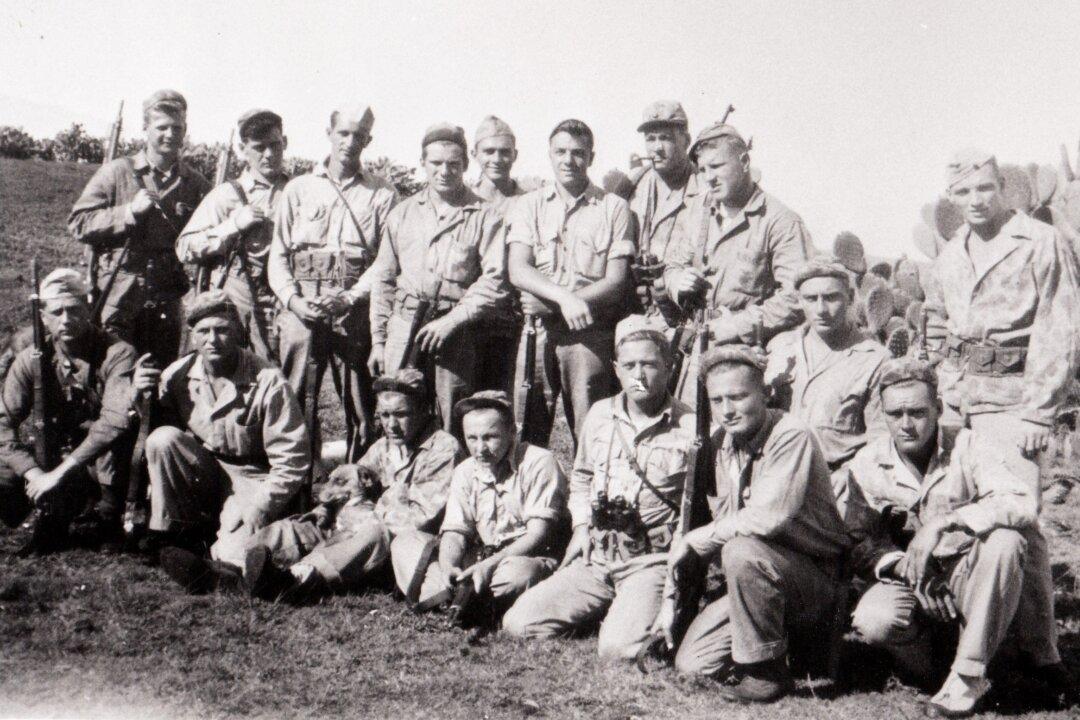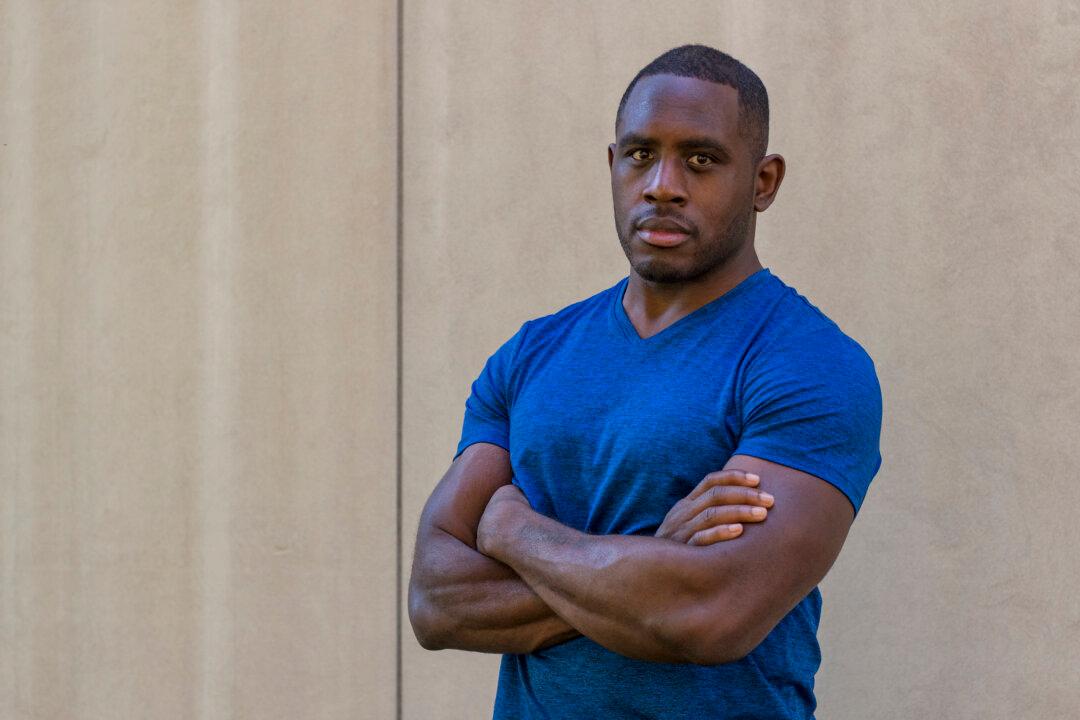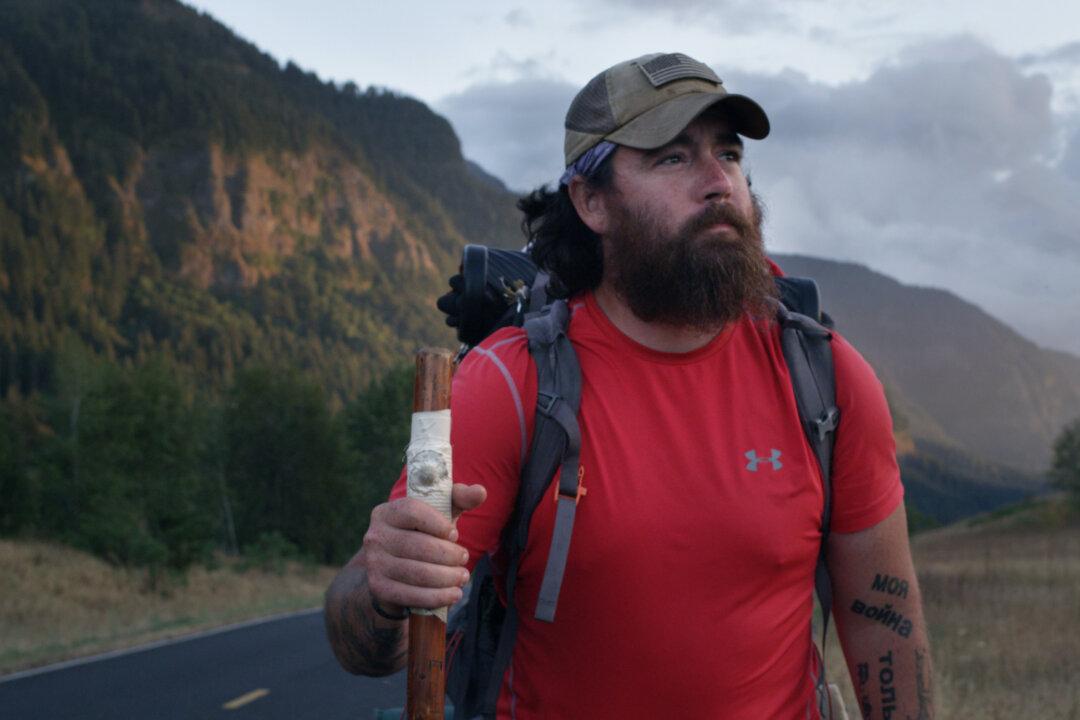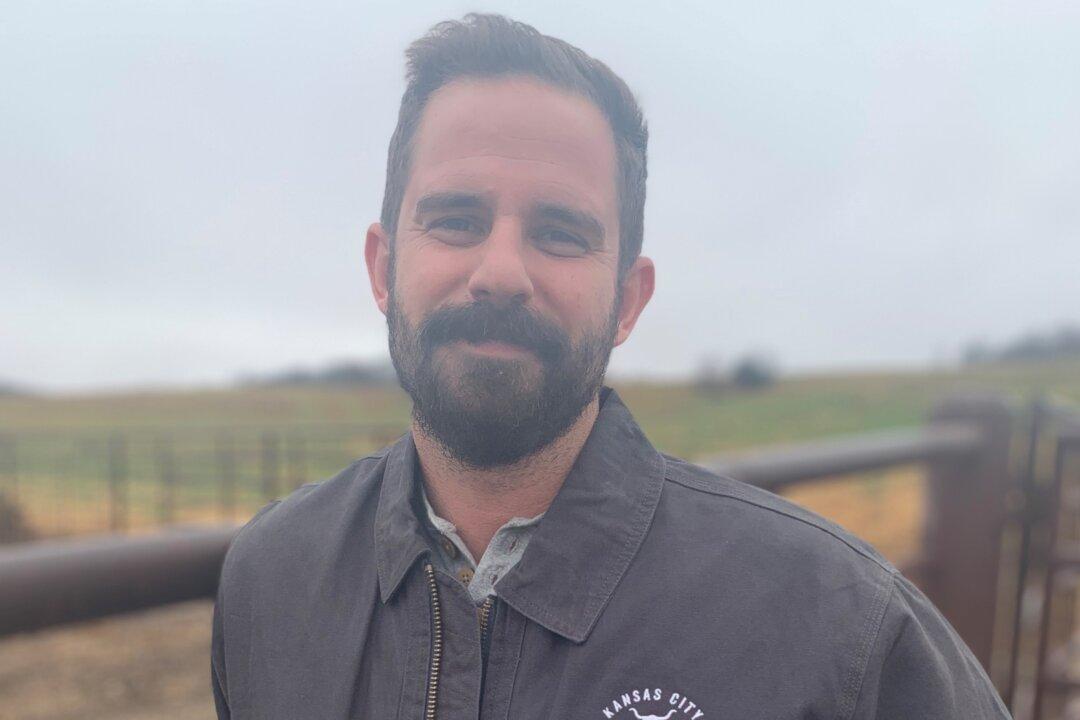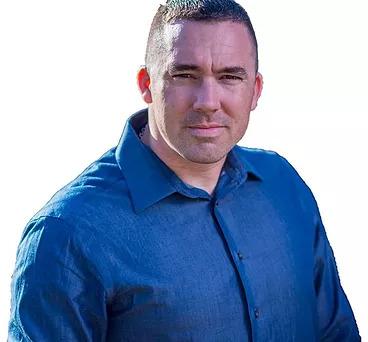While the Allies defeated Nazi Germany on May 7, 1945, it would take another three months of intense combat in the Pacific theater to bring an end to World War II. In June of that same year, Allied forces arrived on the island of Saipan, which was long considered to be the last line of defense for Imperial Japan—putting mainland within striking distance of U.S. B-29 Superfortresses.
In time for the 75th anniversary of the signed surrender of Imperial Japan, a new history book details how an elite platoon of U.S. Marines fought behind enemy lines on the islands, and how their undercover operations would prove critical to ending the war.

